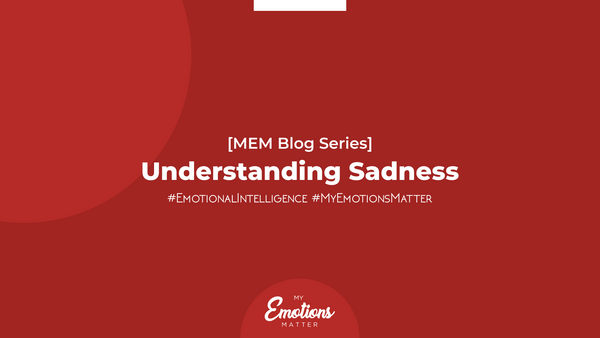Practice Emotional Intelligence With These 3 Questions
Emotional Intelligence is being smarter with feelings. It is the capacity to blend thinking and feeling so that we can find optimal solutions to the problems we find ourselves in. It is the mindset to acknowledge feelings and needs, and to take those feelings and needs into account when making decisions.
How can we make the above definition practical? 3 questions, as devised by the Six Seconds Network, can help us:
- What am I feeling?
Emotions are powerful. At any given moment, the way we feel is likely to dictate how we behave next. Without insight into our feelings, we are likely to focus on the short run pull of any emotion. For example, if we are angry, we might likely lash out at the other person or if we are joyous, we might say yes to a request without thinking about possible consequences. Taking a step back to know how we are feeling can help us see clearly. - What are my options?
Once we can see clearly, we can know what range of choices we have. Without emotional awareness, our choices become limited. But with Emotional Intelligence, we acknowledge that we can respond rather than react. What options do we have? What are the short and long run impacts of those choices? What would be most helpful? - What do I really want?
This question helps us zoom out and see the bigger picture. What is my vision and what are my values? What sort of an impact would I like to have? Are my choices leading me to the kind of person I aspire to be? At the heart of this question is the ability to connect the immediate situation we find ourselves in with the long term vision we have for ourselves.
Here is an example of the 3 questions at play:
You find yourself in a debate with a co-worker about what to do with a proposal. With Emotional Intelligence, you will be asking yourself:
What am I feeling?
At the surface, you find you are annoyed. Hold on. Tune in. Is there something else? Yes, you also find that you are fearful of what the client might say and also a little surprised how your co-worker isn’t understanding your point of view.
What are my options?
You could get your co-worker to submit to you by acting out on your annoyance. But what if you helped him understand what is behind your fear? Could he be feeling something too? What if you tried understanding his point of view first? Would it help resolve the situation more peacefully?
What do I really want?
You want to become a helpful colleague who contributes to the team’s cause. What if you let this long term view of yourself guide how you will show up in your interaction with your colleague? Given that this is your aspiration, what shall you do next?
Without the insight of these three questions, we are likely to react rather than respond. The consequences won’t be helpful either for us, our colleague or our client. The 3 steps are mutually reinforcing. Asking yourself how you are feeling makes your aware. Looking at your options helps you become more intentional. Asking yourself what you really want makes more purposeful. The more purposeful you become, the more awareness you will develop and so on.




